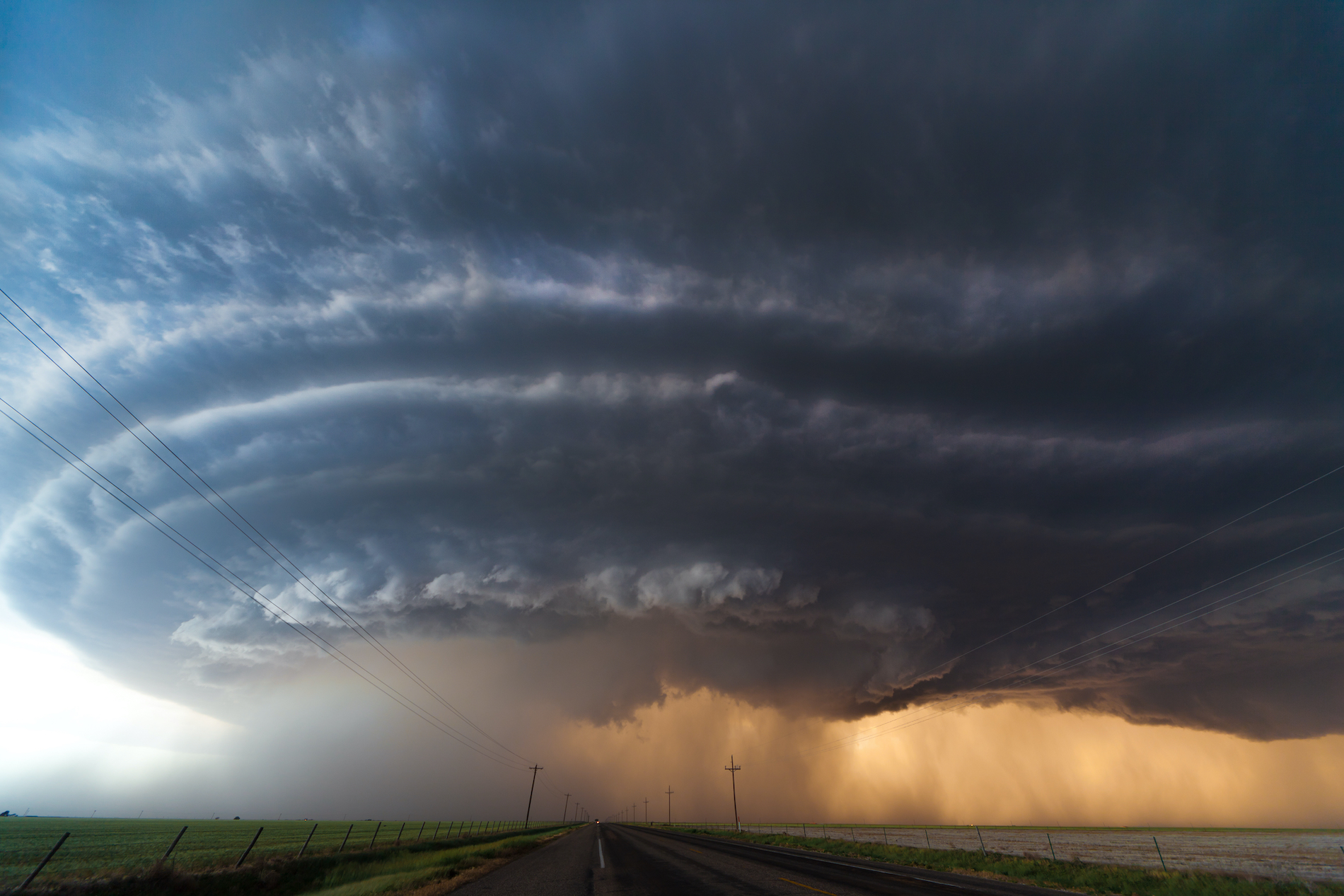Once-in-a-generation hurricanes seem to happen every year. Seattle is sweltering with heat and earlier this year Texas was freezing with cold. Normally dry parts of Europe are soaked from dangerous floods.
The planet is simply playing by different rules than it was even a decade ago—climate change is increasing the number and severity of natural disasters. Our new reality is an ongoing issue for everyone, but retailers face a special burden as the primary source that consumers rely on for food, clothing and other staples of day-to-day life. It’s no longer enough for major sellers to have a crisis management plan collecting dust on the shelf for when natural disasters strike—it could be at anytime, anywhere— instead they must be in an ever-ready state of alert.

To ensure they’re ready for climate crises to come, retailers should take a holistic approach to their crisis management plan, including what to do before, during and after a crisis to mitigate its negative short- and long-term impact on your customers, employees, communities and brand.
Before
The key element is to make sure everyone – executives, front-line employees, operations teams, suppliers and more – is fully aware before a crisis emerges of how to communicate during the crisis. Retailers must not only assume the worst, but must also anticipate challenges they’ve never faced before as geographies face new threats. The traditional forms of communication may be unavailable in the early stages of a storm or wildfire; thus, conveying what actions store employees and others should take at various stages is essential.
Thorough preparation must be done cross-functionally. Natural disasters are different from most operational issues because system-wide failures across geographic regions are more likely, and that can pose all kinds of logistical challenges.
To aid in this process, let people know that crisis plans exist, what in the plan is essential for them to know (such as a hotline phone number for store employees and how to reach suppliers), and where to go if they need more resources. Also, test out your plans by running crisis drills; these precautions will reveal any gaps to fill to ensure consistent and reliable communications between critical internal and external stakeholders.
During
Even the best plan is useless if you’re unable to implement it. Expect the unexpected and tap your creativity and problem-solving skills, especially when faced with a scenario you hadn’t planned for.
Be as communicative as possible, throughout, by creating multiple, centralized points of information that stakeholders can access. If all you can do is send tweets from a mobile device, that’s what you will have to use, whether that’s in the plan or not.
The news media is an essential partner is this effort, and you should work with them in the spirit of providing public service announcements. If communications networks are working, use those vehicles – be it radio, TV or online channels – to direct both consumers and employees with useful guidance about where and when crucial supplies may be available.
Even as they grapple with their responsibilities to customers, you should also find ways to help employees and their families. As many retailers learned during the pandemic, the people who are overcoming countless obstacles to keep stores operational also need to have the opportunity to shop for what they need — in advance of or alongside customers. That could mean using internal communications channels to reach them, ask how stores can help, expanding shopping hours for them, and adjusting procedures in a hyper-local way as needs may vary by location.
After
The days and weeks after a crisis are the best time to critically examine what worked and what didn’t while memories are still fresh. Youshould also assess any reputational opportunities or liabilities that resulted from its management of the situation. Do your customers and suppliers view that youhandled the situation well or not? Would they trust you in a similar situation in the future? Your communications team may need to create a plan to engage with stakeholders—local communities, policymakers, etc.— to address any concerns and be viewed as an important resource to protect people and drive local relief support efforts.
Crises are all-encompassing, nerve-wracking events. But with thorough preparation before an event suddenly emerges, there’s a higher likelihood that your plan will be implemented successfully and that the aftermath of the crisis will be less damaging for all stakeholders. Ketchum has vast experience in helping organizations plan for, execute and assess natural disasters and other crises. If you have questions or need a helping hand with a crisis management plan, please reach out to our team.



